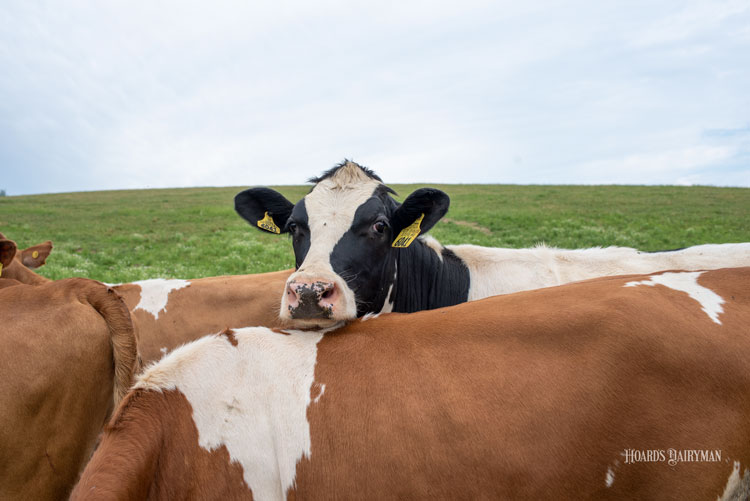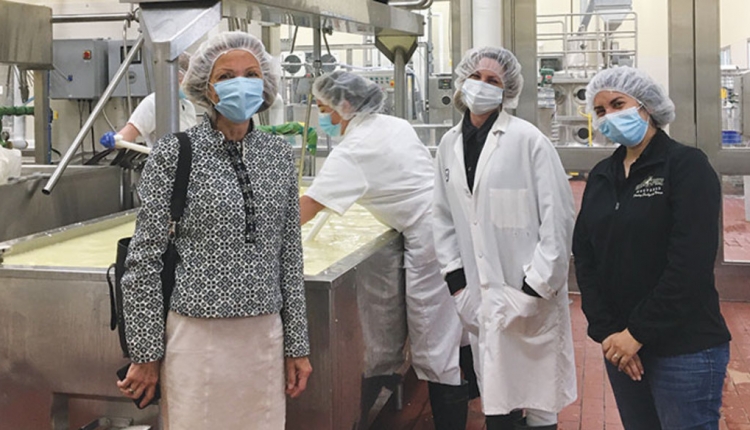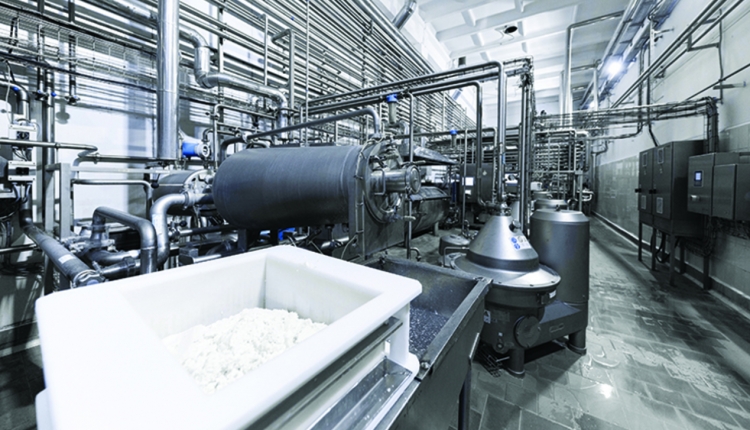
Removing U.S. dairy cows may reduce nutrient supply while having little effect on greenhouse gas emissions, according to the Journal of Dairy Science.
“Our investigations into the impacts and alternatives when removing dairy cows from U.S. production agriculture suggest that GHGE (greenhouse gas emissions) changes would be minor, equivalent to 0.7% of total U.S. GHGE,” stated the authors of the paper Contributions of dairy products to environmental impacts and nutritional supplies from United States agriculture.
Scientists from Virginia Tech and the U.S. Dairy Forage Research Center studied the effects of dairy product removal on greenhouse gas emission and nutrient availability in U.S. diets under three scenarios — depopulation, current management, and retirement.
The depopulation scenario imagined people would stop consuming dairy products. The current management scenario meant milk would be used for products other than human food, while the retirement scenario meant cattle numbers would be reduced to merely the numbers that could be supported by pasture.
“Comparing potential dairy removal scenarios demonstrated the likely trade-offs inherent in effecting change in agricultural systems; namely, it is difficult to find scenarios that simultaneously increase supplies of critically limiting nutrients and decrease GHGE,” write the authors, Doug Liebe, Mary Beth Hall, and Robin White.
Depopulation
For the depopulation scenario, the authors imagined land would be used for other agricultural purposes, such as grain or vegetables. If the land was used for silage and grain, GHGE would climb by 9.9% compared to current emissions. If it was used for fruit or vegetables, it resulted in a net neutral effect of +0.04% on GHGE.
However, the authors noted, “To effect such a change in land use, there would need to be substantial technological improvements to support growing fruits and vegetables on land currently unsuited to the purpose.”
They also concluded that although some land reallocation options resulted in GHGE reduction, they also reduced the supply of nutrients available to meet the requirements of the population.
“Dairy cows provide a relatively efficient, nutrient-dense source of valuable micronutrients that cannot currently be mirrored in common plant-source foods,” wrote the trio of scientists.
Current management
The current management model showed that greenhouse gas emissions would not change, but nutrients would drop. The current system provides enough fluid milk to meet the population’s annual energy, protein, and calcium requirements.
Being able to sustain the calcium requirements on a plant-based diet is unlikely without supplements. Dairy products are also a significant component of the protein supply in the U.S., providing 20% of the protein and 20 to 30% of many essential amino acids.
Retirement
The retirement scenario showed an 11.97% decline in greenhouse gases compared to current emissions, likely because of the reduced number of cows on pasture. However, available supplies of all 39 nutrients declined or remained the same. For instance, calcium, vitamin A, vitamin D, vitamin B12, plus 11 more all plummeted 20% or more in human nutrients required per year.
“Supplies of some limiting essential nutrients for the human population would decline under all dairy removal scenarios,” concluded Liebe, Hall, and White.
The author and her family own and operate a sixth-generation dairy near St Johns, Mich.








